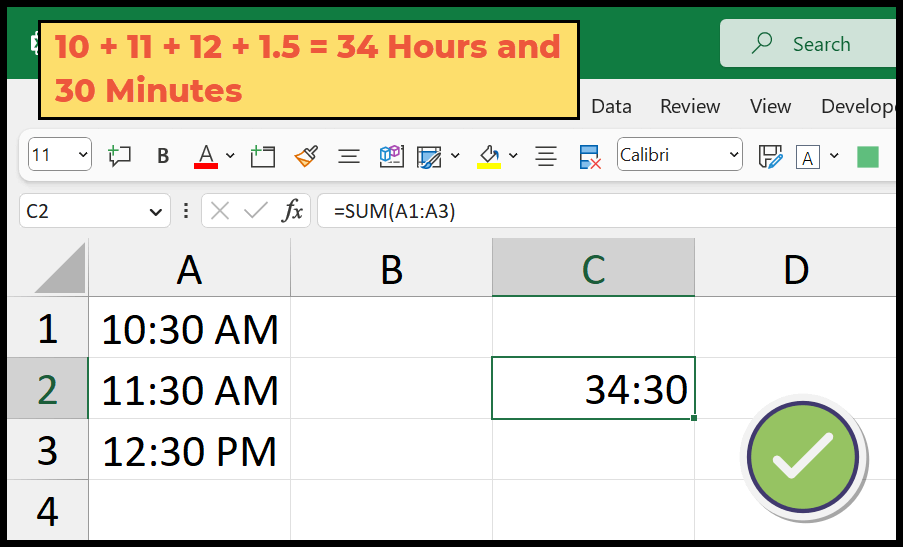Introduction to Essential Spanish Greetings
For anyone delving into the world of Spanish language and culture, knowing how to greet someone is crucial. One of the most fundamental phrases is "How are you?" which can be expressed in several ways. Understanding these different variations not only enriches your communication skills but also enhances your interactions with Spanish-speaking friends and acquaintances.
Using greetings like cómo estás or qué tal reflects a friendly, cordial approach in conversations. This article will explore various phrases used to inquire about someone's well-being, offering you a plethora of options to choose from in different contexts. You'll find practical examples and insights on when and how to use these phrases effectively in everyday conversations.
Key takeaways from this guide include mastering the essential phrases for different situations, understanding the nuances behind each greeting, and improving your conversational skills in Spanish. So, let’s jump into the world of Spanish greetings!
Mastering Basic Greetings in Spanish
Common Ways to Ask "How Are You?"
In Spanish, you have several ways to ask someone how they are doing. The most common phrases include cómo estás, cómo te va, and qué tal. Each of these greetings carries a slightly different tone and can be used in various contexts.
The phrase cómo estás is the direct translation of "how are you?" and is great for both informal and formal settings. It's commonly used among friends and acquaintances alike. Qué tal, on the other hand, is more informal and is often employed among close friends or in casual encounters.
Lastly, cómo te va translates to "how is it going?" and can imply that you are interested in the person's current situation or mood. Understanding these variations will allow you to engage in more meaningful conversations and help build relationships.
Contextual Usage of Phrases
When using Spanish greetings, context is key. For instance, you might ask cómo te encuentras if you know someone has been feeling under the weather, indicating a more personal approach. In contrast, asking cómo va tu día might be more suitable when you're casually catching up with a coworker.
For a friendly inquiry, you could say qué hay de nuevo or cómo va todo. These expressions invite the other person to share their thoughts, fostering a comfortable atmosphere for discussion.
Regional Variations in Greetings
It’s essential to note that some phrases may vary in usage across different Spanish-speaking regions. In some areas, you might hear cómo andas, which can also mean "how are you doing?" and is popular in informal contexts. Similarly, cómo ha sido tu semana might be commonly used to catch up about the past week during a conversation with a friend.
Understanding these regional differences enhances your ability to communicate effectively and shows respect for cultural nuances. By incorporating these variations into your vocabulary, you will demonstrate a deeper grasp of the Spanish language.
Engaging in Meaningful Conversations
Beyond "How Are You?": Expanding Your Vocabulary
While knowing how to say "how are you?" is essential, expanding your vocabulary to include follow-up questions can help build a more dynamic conversation. Questions like qué haces (what are you doing?) or cómo va tu proyecto (how is your project going?) can show genuine interest in the other person's life.
In addition, acknowledging their answers can further the conversation. For instance, if they respond positively, you could ask ¿qué tal todo en el trabajo? (how’s everything at work?), which keeps the dialogue flowing and encourages sharing.
Using Greetings in Various Situations
There are specific phrases that work better in particular situations. For instance, if you are meeting someone after a long time, asking ¿cómo te ha tratado la vida? is a warm way to reconnect. During a casual meeting or a lunch break, saying ¿qué tal el día de hoy? can foster a friendly atmosphere while showing you care about how they are feeling.
Tailoring your greetings to fit the situation demonstrates thoughtfulness and a willingness to engage genuinely, further integrating you into Spanish-speaking circles.

Cultural Context and Social Nuances
The Importance of Tone in Conversation
The way you deliver these phrases plays a significant role in how they are received. A bright, warm tone when saying ¿cómo estás? conveys friendliness and encouragement, whereas a more neutral tone may be interpreted as disengaged or indifferent. Therefore, paying attention to your tone is crucial in ensuring your message is perceived as intended.
Additionally, accompanying your words with appropriate body language, such as smiling or making eye contact, reinforces your sincerity and openness in conversation. This combination of verbal and non-verbal communication can deepen connections and foster positive interactions.
Breaking the Ice with New Acquaintances
When meeting new people, start with a casual greeting such as cómo te encuentras. This phrasing is friendly yet allows for a more profound dialogue if the other person wishes to share. Following this, engaging with comments about the environment or occasion—such as ¿cómo te va en la fiesta? when at a social gathering—can facilitate further interaction and make introductions feel natural.
As you become comfortable, consider expanding into phrases like qué tal tu fin de semana, which gives them an opportunity to share personal stories that can lead to a more meaningful connection.
Practical Examples and Recommendations
Utilizing Spanish Greetings in Daily Life
Practicing these greetings in everyday conversations is essential for becoming fluent. Begin by incorporating phrases like cómo va todo in casual interactions with friends or colleagues. Over time, you will notice that your confidence and ability to engage comfortably in Spanish conversations will grow.
Moreover, try to use these greetings when starting a conversation, whether in person, through text, or on social media, to maintain a consistent practice. Engaging with others in Spanish, whether they're fluent speakers or fellow learners, helps reinforce your skills and keep the language alive in your daily interactions.
Common Mistakes to Avoid
One common mistake when using these phrases is forgetting to adapt your greetings based on the situation or relationship. For example, using cómo estás with someone much older in a formal context might come across as too familiar. It’s vital to gauge the situation and adjust accordingly to show respect and awareness.
Also, some may tend to use the same greeting repeatedly, which can make conversations feel monotonous. To keep things fresh, explore other phrases and vary your greetings based on context and creativity. This variety will enhance your conversational depth.

Q&A Section
Frequently Asked Questions About Spanish Greetings
1. What is the most common way to say "how are you?" in Spanish?
The most commonly used phrase is cómo estás, though variations like qué tal and cómo te va are also frequently used depending on the context.
2. Are there different ways to ask about someone's mood or feelings?
Yes! Phrases such as cómo te sientes or cómo andas are great alternatives for inquiring about someone's mood or well-being.
3. How can I naturally incorporate these phrases into daily conversations?
Begin by using these phrases when meeting friends, at work, or during phone calls. The more you practice, the more natural it will feel to use them.
4. Should I consider the person’s age or relationship to me when using these greetings?
Yes, adjusting your greetings based on the person's age and your relationship is important for communicating respectfully and effectively.
5. How can I improve my Spanish conversational skills further?
To improve, engage in conversations with native speakers, practice regularly, and immerse yourself in Spanish media such as movies and music to enhance your vocabulary and understanding.
By experimenting with diverse greetings and gradually building your fluency, you’ll enhance both your friendships and your overall communication experience!
